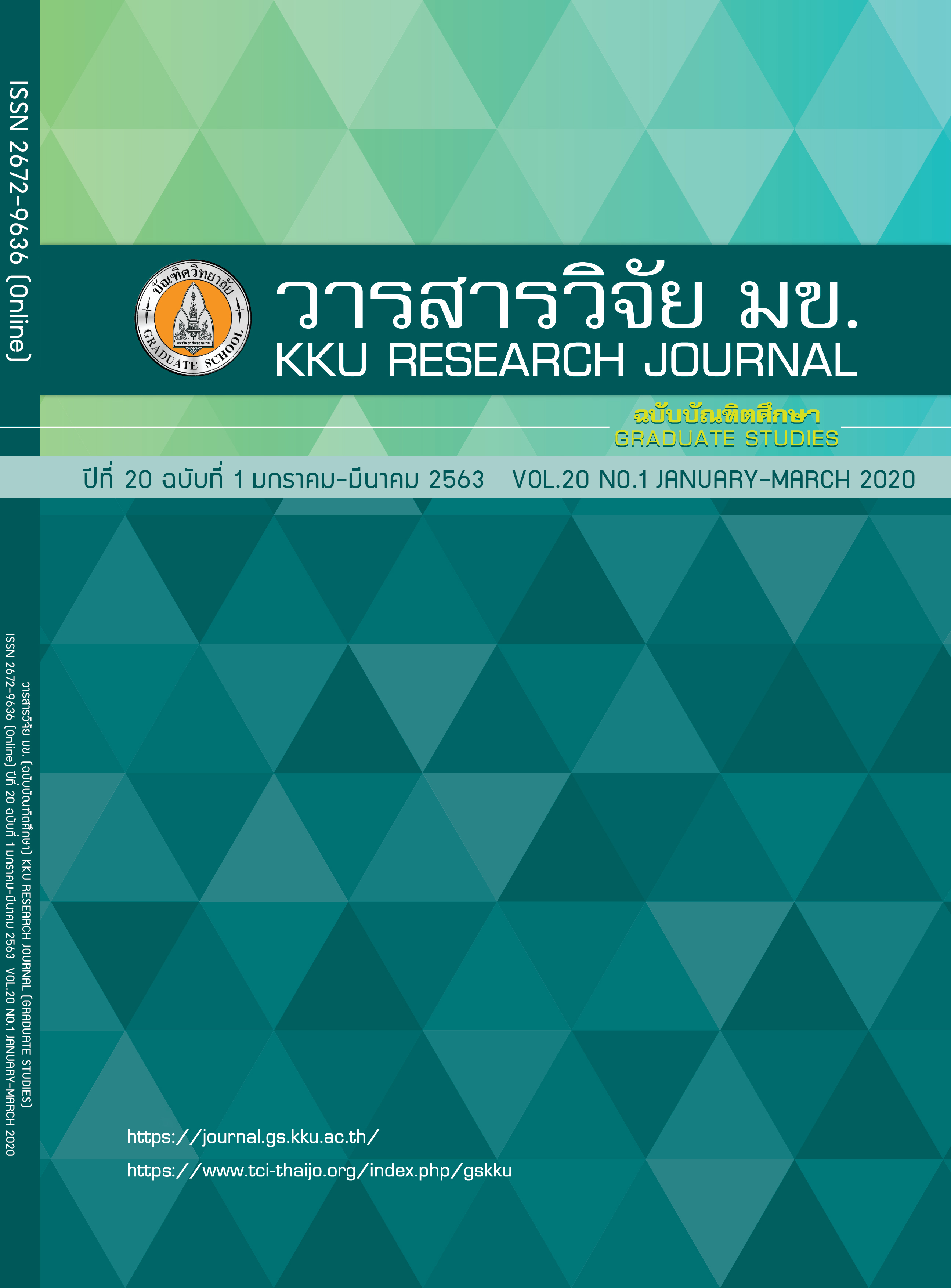Application of Sediment from Water Supply Process for Removing Heavy Metals in Industrial Wastewater
Keywords:
Water supply sediment, Heavy metals, Adsorption mechanismAbstract
Water supply sediment (WSS) was used as adsorbent for the removal of heavy metals (Chromium Manganese Nickel Zinc Copper Cadmium and Lead) from aqueous solutions. The maximum adsorption capacities of heavy metals by powder-WSS were 1.47, 1.72, 1.76, 1.81, 1.82, 1.79 and 1.90 mg/g respectively at contact time of 60 min and by
bead-WSS were 1.28, 1.46, 1.49, 1.60, 1.67, 1.59 and 1.75 mg/g respectively at contact time of 120 min. The adsorption mechanism of powder-WSS and bead-WSS could be fitted by Freundlich isotherm and Langmuir isotherm respectively. Removal of 7 heavy metals from aqueous solution 500.00 mL of 40.00 mg/L of each metal by adsorption onto powder-WSS and bead-WSS were investigated. Powder-WSS was able to remove heavy metals of 50.53, 73.37, 68.92, 91.89, 90.12, 93.86 and 94.49 % respectively while bead-WSS managed to remove 48.82, 61.43, 54.64, 68.04, 83.68, 61.78 and 89.46% respectively
References
Yagub, Mustafa T, Tushar KS, Sharmeen A, H.M. Ang. Dye and its removal from aqueous solution by adsorption:
A review. Advances in Colloid and Interface Science. 2014; 209: 172-184.
Panu S. Effect of Development Deposit Water Supply to Physical and Form Pottery [PhD thesis]. Bangkok: King Mongkut’s of Technology Ladkrabang; 2007.Thai.
Duangkam S, Pansan W, Wattana R. Application of Sludge Sediment from Water Work supply. KKU Science Journal. 2017; 43(3). Thai.
Rai HS, Bhattacharyya J, Singh TK, Bansal vats P, Banerjee UC. Removal of dyes from the effluent of textile and dyestuff manufacturing industry: a review of emerging techniques with reference to biological treatment.
Environmental Science Technology. 2005; 35: 219-238.
APHA, AWWA, WPCF. Standard Method for the Examination of Water and Wastewater. Heavy metals removal by using alum sludge from water supply treatment plant. New York. 1992; 81(1): 313-20.
Surasan W. Use of Adsorbent Derived from Lignite Fly Ash Mixed with Water Supply Sludge for Dye Removal [PhD thesis]. Bangkok: King Mongkut's University of Technology Thonburi; 2009. Thai.
Chu W. Dye Removal from Texile dye Wastewater using Recycle Alum Sludge. Water Research. 2001; 32(13): 3147-3152.
Kadirvelu K, Thamaraiselvi, Namasivayam C. Removal of heavy metals from industrial wastewaters by adsorption onto activated carbon prepared from an agricultural solid waste. Bioresour. 2001; 76(1): 63-65.
Watcharee S, Arisa K, Utsanee K. Determination of lead, iron and cadmium in the groundwater by atomic absorption spectrophotometry[PhD thesis]. Bangkok: Kakhon Ratchasima Rajabhat University; 2015. Thai.
Al-Degs, Khraisheh, M.A.M., Allen SJ, Ahmad MN, Walker GM, et al. Competitive adsorption of reactive dyes from solution: equilibrium isotherm studies in single and multi solute systems. Chemical Engineering Journal. 2007; (128): 163–167.
Chonlatis K. Heavy Metals Removal by Using Alum Sludge From Water Supply Treatment Plant[PhD thesis]. Khon Kaen: Khon Kaen University; 2004. Thai.
Amin NK. Removal of reactive dye from aqueous solution by adsorption onto activated carbon prepared from sugarcane bagasse pith. Desalination. 2008; (223): 152-161.
Emilio R, Delia A, Marta P, Iuliana L, M Angeles S. Kaolinite adsorption-regeneration system for dyestuff treatment by Fenton based processes. Science of the Total Environment. 2018; 622-623: 556-562.



